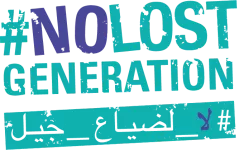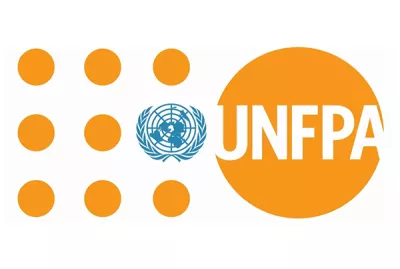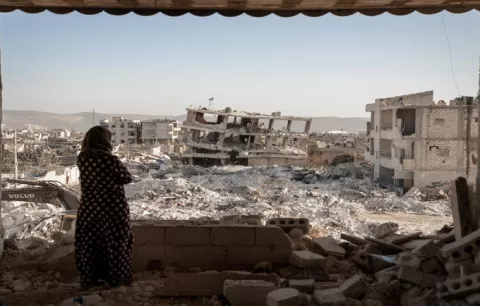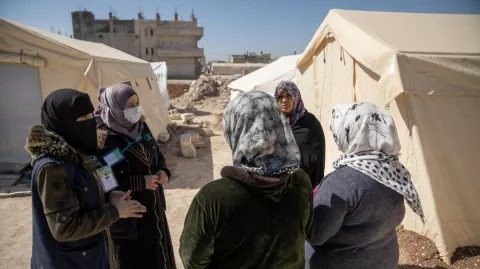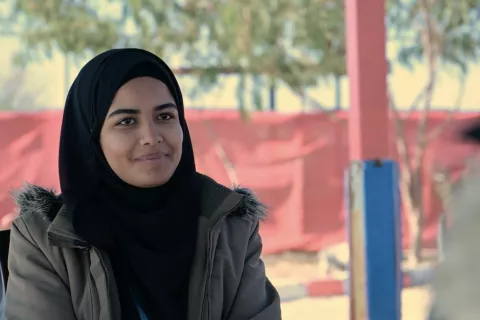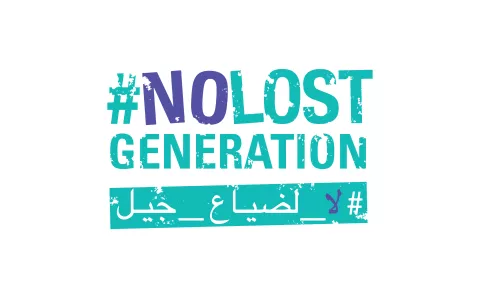Adolescent Girls: Vital voices in any humanitarian response
UNFPA
No Lost Generation is marking the 10th year of crisis inside Syria with a series of blog posts shedding light on the comparative situation of children. Publishing one blog post a day, we will underline the needs of children and youth affected by the Syrian crisis and share the experience of our partners responding to their plight. We need to redouble our efforts and rethink our interventions, to shape a better future for 10.7 million children.
“When you grow up in a situation like ours, you realise early on in your life that things are just different for girls,” explains Rana, an adolescent girl from Rural Damascus, whose family had taken refuge in Iraq in 2014. This was around the time that, as she describes it, her very definition of childhood totally changed.
“One day, you’re a child, and your life is about the little things,” recalls Rana, now a 19-year-old divorcee and mother-of-two. “Then suddenly you are crossing borders with your family, struggling to find shelter, and being told you’re a woman with responsibilities towards your family.”
It wasn’t long after her arrival in Iraq that Rana faced mounting pressures to marry. She was coerced into marrying an elder cousin at age 15 — a union that deprived her of all things she held dear: education, friendships, and what little freedoms she had left after months in displacement. It also placed her life at risk, be it due to the routine violence she experienced at the hands of her husband or the clinical depression she had developed soon after her divorce.
“His family still forbids me from being with my sons, whom I haven’t seen in months,” explains Rana, the memory of her children clearly causing her distress.
For many girls caught in the throes of the Syria crisis, Rana’s story is painfully familiar. According to UNFPA’s programme data and other assessments, girls — particularly adolescent girls — face increasingly complex and unique challenges in a humanitarian crisis, which can fundamentally alter the course of their development for the rest of their lives. Lack of individual autonomy, movement restrictions, forced and early marriage, denial of resources and opportunities, and sexual and physical violence continue to be part of their daily reality, creating a web of violence that can transcend generations. In the case of child marriage, the consequences for girls and the wider community can be significant.
“Many adolescent girls and young adults in 2021 were merely children when the crisis began in 2011 and have spent the entirety of their formative years amidst war and displacement,” explains Jennifer Miquel, head of the UNFPA Regional Syria Response Hub. “Many have become mothers, widows, heads of households, and breadwinners, often without being given the choice. Their experiences over the past decade have likely shaped their formative years and much of their worldview, and yet they are still adolescent girls at heart. The tragedy is that their voices are often overlooked during the design and implementation of humanitarian response programmes, leaving many of their needs unmet.”
“Despite the pain that I and many like me have been through, I still believe in the possibility of a better world, where young girls can live their childhoods in peace and freedom."
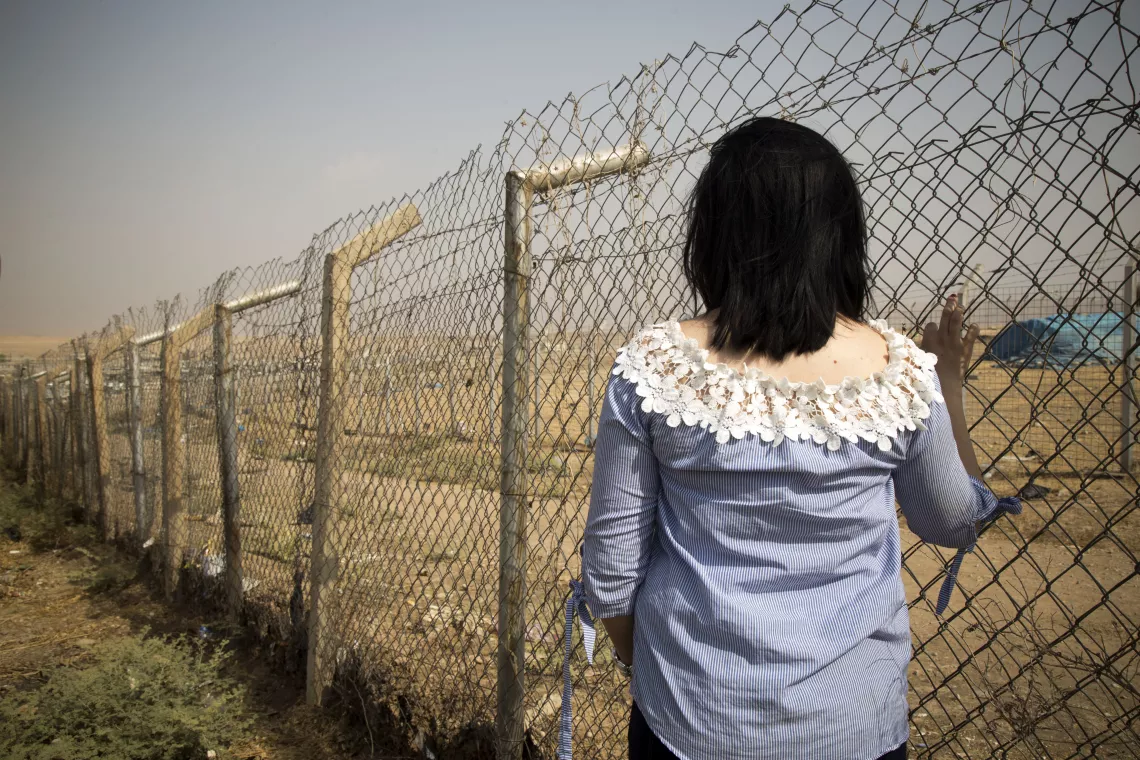
In humanitarian crises, child marriage can become yet another negative coping mechanism through which families achieve a false sense of stability and security for girls. As Syrians at home and in refugee communities continue to grapple with years of instability and disruptions in community networks, the risks of child marriage have increased substantially, particularly in communities with deeply-rooted patriarchal beliefs. Humanitarian crises also create more opportunities for the sexual exploitation of adolescent girls in the form of serial and temporary marriages, which have been reported on extensively by both humanitarians and news media. In 2021, as Syria’s economic crisis continues to plunge more communities into despair, and with the unforeseen potential ramifications of COVID-19, the risks of such exploitation are even greater.
Abu Sanad, a Syrian refugee and concerned father of two girls living in the Zaatari camp in Jordan, recalls frequent incidents in which he was offered payment by wealthy patrons looking to marry his daughters: “They come and ask: ‘do you want to give your daughters away for marriage?’ They see that we don’t have money and they want to exploit us.” He claims families have been offered anywhere between 100 and 300 Jordanian dinars ($140 to $420) as a price for their daughters.
The consequences of child marriage on girls can be disastrous. Loss of education and life prospects, severe psychological distress, and potentially life-threatening complications from early pregnancy and childbirth have been frequently observed. Child marriage can also ensnare a girl into an unending cycle of abuse, particularly when girls become mothers, divorcees, or even widows, with families of their own to feed and protect.
Over the past several years, UNFPA has been working towards further engaging adolescent girls and ensuring that they are active participants in the design and implementation of the programmes that target them. In the scope of the Syria crisis, this has manifested in a multitude of programmes, assessments, and other initiatives that have resulted in more adolescent-friendly services, which continue to offer a variety of empowerment and skill-building programmes. More importantly, these programmes have also helped shine the spotlight on the struggles, aspirations, and the unwavering resilience of adolescent girls, many of whom continue to rise above their challenges to become artists, entrepreneurs, activists, and influential voices in their communities.
“At some point, I had to ask myself where I go from this point onwards,” explains Layali, 17, who is a survivor of child marriage from Qamishli. “Despite the pain that I and many like me have been through, I still believe in the possibility of a better world, where young girls can live their childhoods in peace and freedom. This is why I decided to volunteer to help those who have suffered as I have, to make sure that my generation will not make the same mistakes.”
As humanitarians continue to find new and innovative ways to help those in need, particularly during protracted crises, targeting adolescent girls needs to become a core priority. Humanitarians are encouraged to have a shared and long-term vision toward establishing a more girl-responsive humanitarian system, one that takes into consideration the needs, hopes, and considerable potential of adolescent girls. It is also of paramount importance that we as humanitarians continue to invest in programming that goes beyond the basic needs to tackle adolescent girls’ psychosocial development, autonomy, voice, and agency. Not only will this improve the quality of the programmes themselves but it will also make a huge difference in the lives of girls whose childhoods were upended by conflict, displacement, and harmful practices.
About UNFPA
UNFPA is the United Nations sexual and reproductive health agency. Our mission is to deliver a world where every pregnancy is wanted, every childbirth is safe and every young person's potential is fulfilled.
For more information about UNFPA visit: UNFPA Arabstates and on Facebook, Twitter or Youtube.
